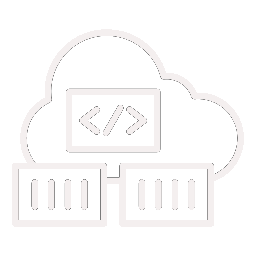What is Equipment Control?
Equipment Control (EC) manages logistics assets like cranes, container trailers, and Automated Stacking Cranes. It boosts asset utilization, supports cloud-based TOS, and ensures operational efficiency.
Technologies in EC
Modern EC uses RFID, IoT, and cloud computing for tracking, predictive maintenance, and KPI monitoring. GPS enables real-time updates on location and performance.
Optimized EC Benefits
Improves operations via berth planning, asset lifecycle management, and IoT-based anomaly detection. Aligns with ISO Standards for efficiency and sustainability.
Traditional vs. Modern EC
| Aspect | Traditional | Modern |
|---|---|---|
| Tracking | Manual logs | RFID, GPS |
| Maintenance | Time-based | Predictive, IoT-driven |
| Compliance | Manual audits | Digital reporting |
| Optimization | Historical data | Real-time analysis |
Yard and Depot Efficiency
Yard management improves using OCR, Automated Handling Systems, and AIS, enhancing storage and consignment processes.
Conclusion
EC systems like cloud-based TOS enhance efficiency, ensure compliance, and support secure operations via SSL, fostering growth in logistics.
